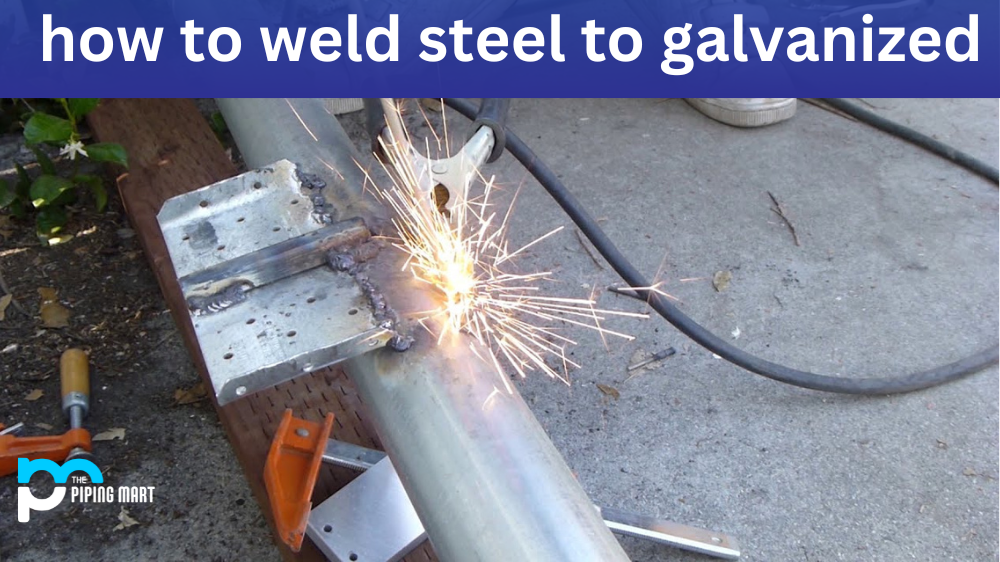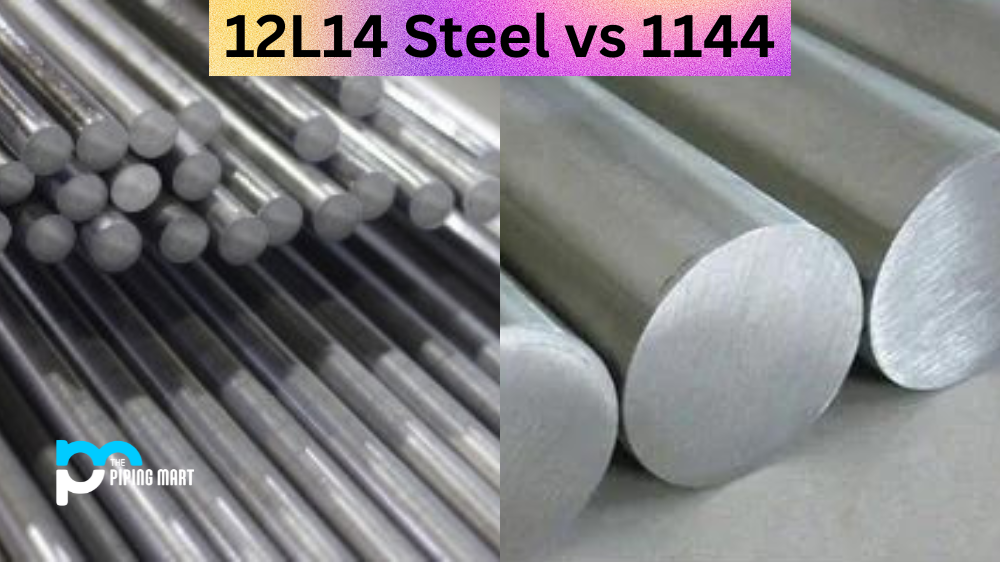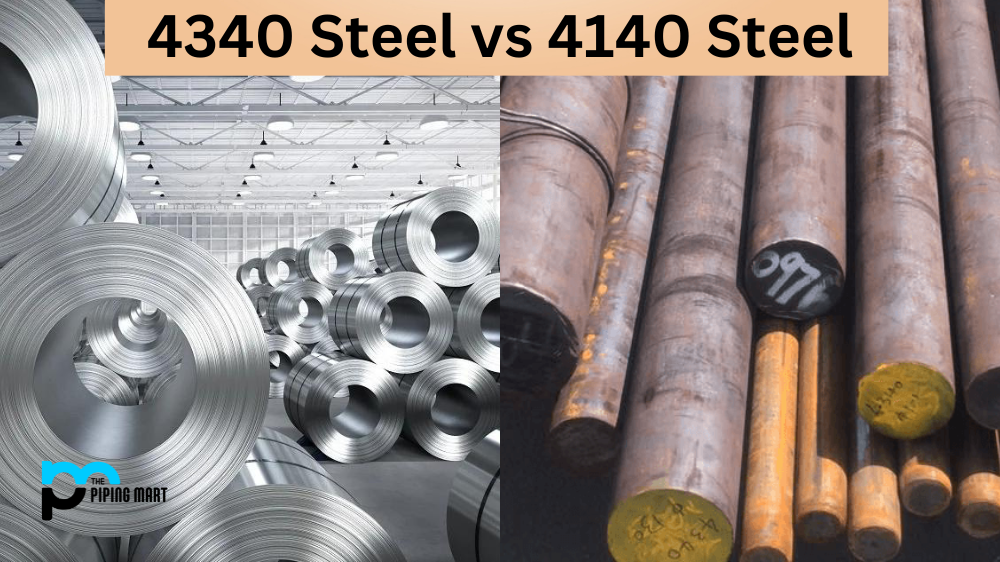If you’ve ever wanted to weld galvanized steel, you know that it can be a tricky process. It’s important to understand how welding galvanized steel works and the special considerations you need to make when working with this material. This article will cover the basics of welding steel to galvanized metal so you can get started on your next project.
What is Galvanization?
Galvanization is a process in which zinc is applied to the surface of a metal to protect it from corrosion. This process is typically used on iron and steel products such as pipes, structural members, and other metals such as aluminum or brass. The zinc coating acts as an impermeable barrier between the metal and any corrosive elements in its environment.
Welding Steel to Galvanized Metal
When welding galvanized steel, it is important to use the correct shielding gas and filler material. Generally speaking, argon-based shielding gases work best for welding galvanized materials because they create an inert atmosphere that helps prevent oxidation. As far as filler material goes, stainless steel rods are usually recommended for welding galvanized metals since they have good corrosion resistance properties and are not prone to cracking or warping when exposed to high temperatures. When using stainless steel rods, make sure you choose ones with a low carbon content; otherwise, they may produce too much heat during welding.
In addition, all surfaces must be cleaned before beginning any welding project; this includes the workpiece itself and any tools or equipment used during the process. Any dirt or debris can cause imperfections in your welds or increase their susceptibility to corrosion over time. Once everything has been appropriately cleaned, preheat the workpiece before beginning your welds; this will help ensure an even temperature across the material’s surface while also helping reduce any warping caused by rapid cooling after welding has been completed.
Conclusion:
Working with galvanized metals presents some unique challenges when it comes time for welding projects. However, by understanding what types of shielding gases and filler materials work best for these materials, as well as taking certain precautions such as preheating your workpiece before beginning your welds, anyone can achieve strong welds when joining together galvanized metals such as steel. With these tips in mind, you should have no trouble getting started on your next project involving welding steel to the galvanized metal!

Pipingmart is a B2B portal that specializes in metal, industrial and piping items. Additionally, we share the latest information and information about materials, products and various types of grades to assist businesses that are involved in this business.




